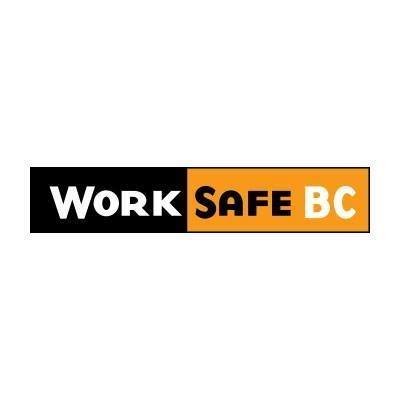Employers must have plans to protect workers from impacts related to severe weather, natural disasters, and other emergencies. In response to another severe weather event yesterday — which caused flooding, evacuations, power outages, and road closures — WorkSafeBC is reminding employers of their obligations to be prepared for emergencies, including planning for evacuation, rescue, and re-entry, when safe to do so.
“Emergency situations, such as severe flooding and landslides, can often occur with very little warning. That’s why employers need to conduct a risk assessment in any workplace in which a need to rescue or evacuate workers may arise,” says Al Johnson, Head of Prevention Services at WorkSafeBC. “The more you are prepared, the better you will be able to act and help ensure the safety of workers during an extreme weather event.”
Under the Occupational Health and Safety Regulation — specifically sections 4.13 through 4.16 and Part 32 on emergency preparedness, response, evacuation, and rescue — all employers are expected to plan, prepare, and train their employees for all emergencies.
Key requirements include:
Conducting a risk assessment to determine the most likely emergency situations in the workplace. Engaging workers in the risk assessment.
Developing appropriate written procedures for evacuation and rescue.
Providing well-marked means of escape in the event of an emergency.
Ensuring that emergency procedures consider the safety of disabled workers.
Conducting drills at least once every year.
Making sure all workers on site know how to respond to an incident. Providing training to employees in emergency procedures and fire prevention.
Having first aid resources onsite.
Providing appropriate personal protective equipment for workers doing the rescue or evacuation.
Ensuring a sufficient number of workers are available to implement rescue procedures.
“Creating an effective emergency response plan is one of the most important things employers can do to protect their workers during a natural disaster, or other emergency situation,” says Johnson.
Severe weather — and the related risks — can occur year-round, as shown by the heatwaves and wildfires in B.C. this summer. The province is also at risk for earthquakes. However, an employer’s responsibility to prepare for emergencies is not limited to natural disasters or extreme weather. Fires, explosions, industrial accidents, and chemical spills can also pose serious threats to workers.
WorkSafeBC has the following resource available for employers:
Emergency Response Planning: 12 Tips for an Effective Emergency Response Plan.
About WorkSafeBC
WorkSafeBC engages workers and employers to prevent injury, disease, and disability in B.C. When work-related injuries or diseases occur, WorkSafeBC provides compensation and support to people in their recovery, rehabilitation, and safe return to work. We serve approximately 2.3 million workers and 255,000 employers across B.C.
For more information, contact:
Media Relations, WorkSafeBC
Email: media@worksafebc.com
Tel: 604.276.5157
Source: WorkSafeBC


